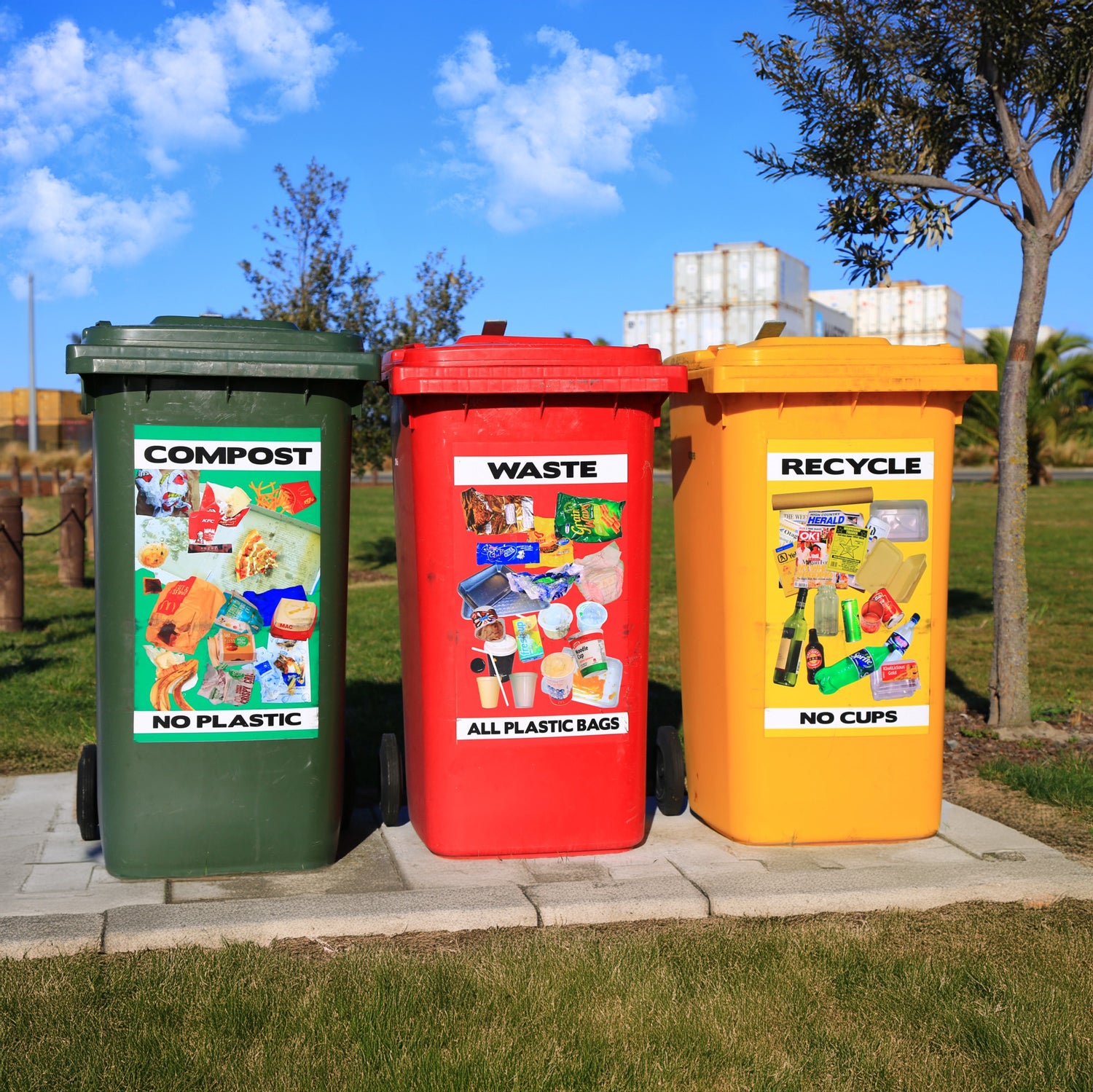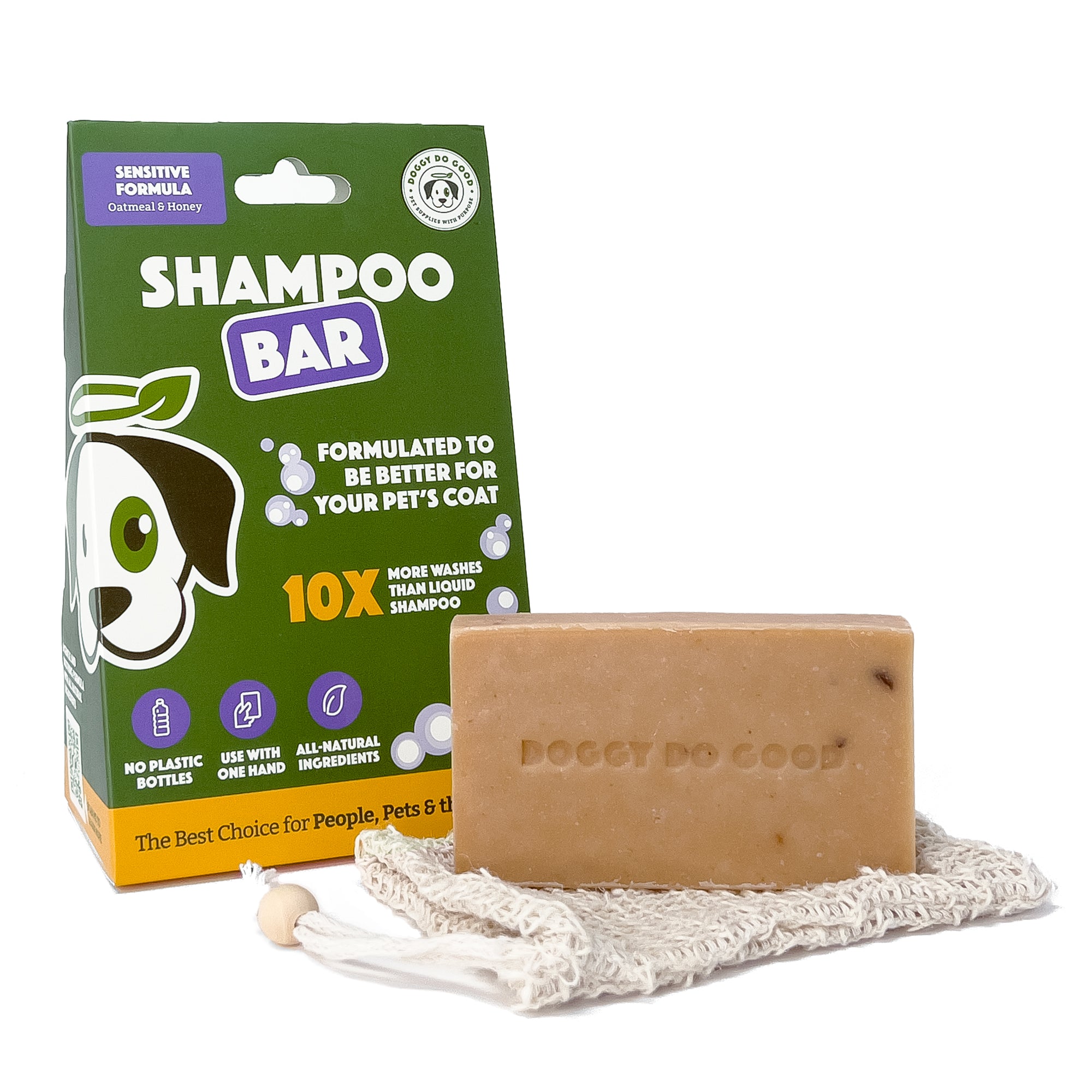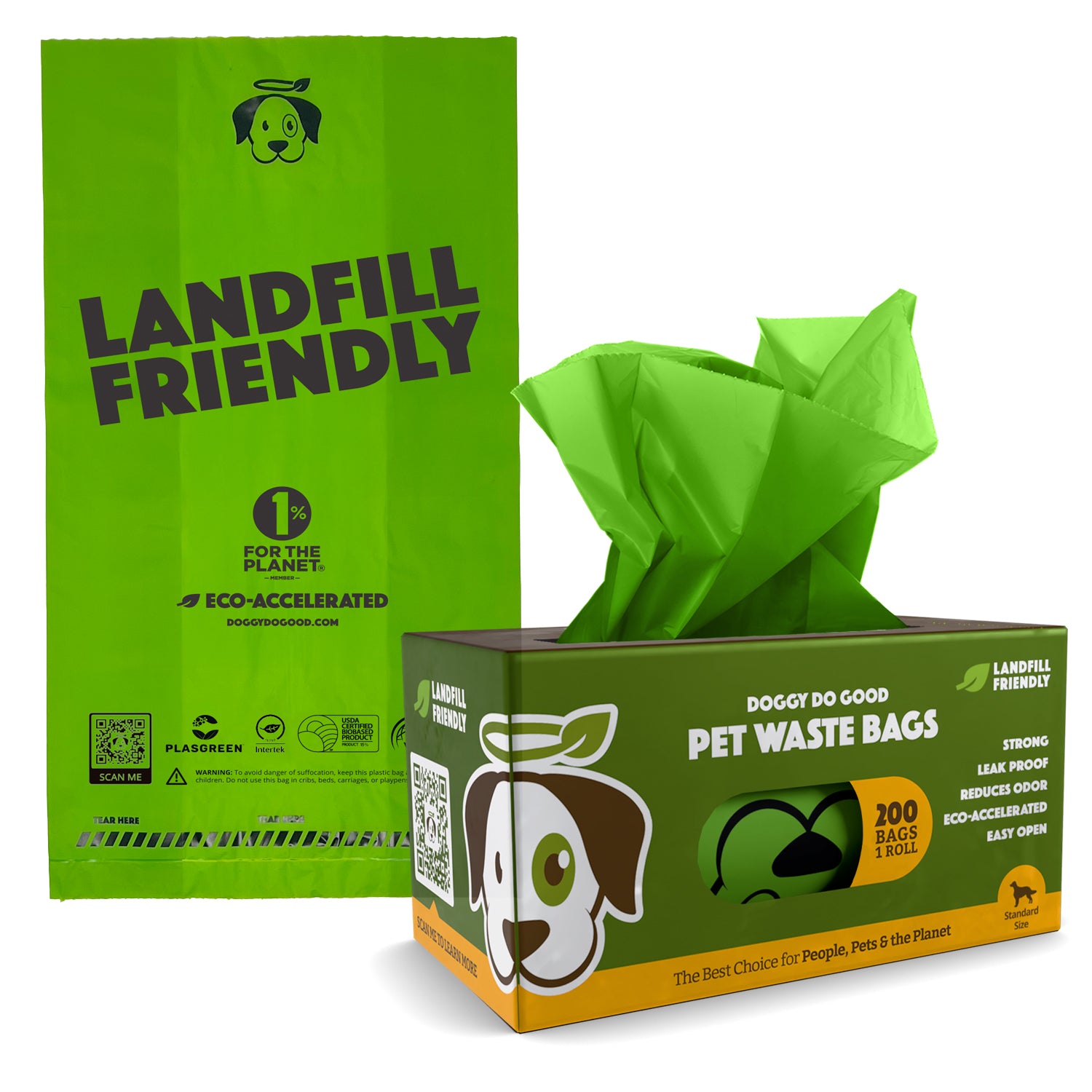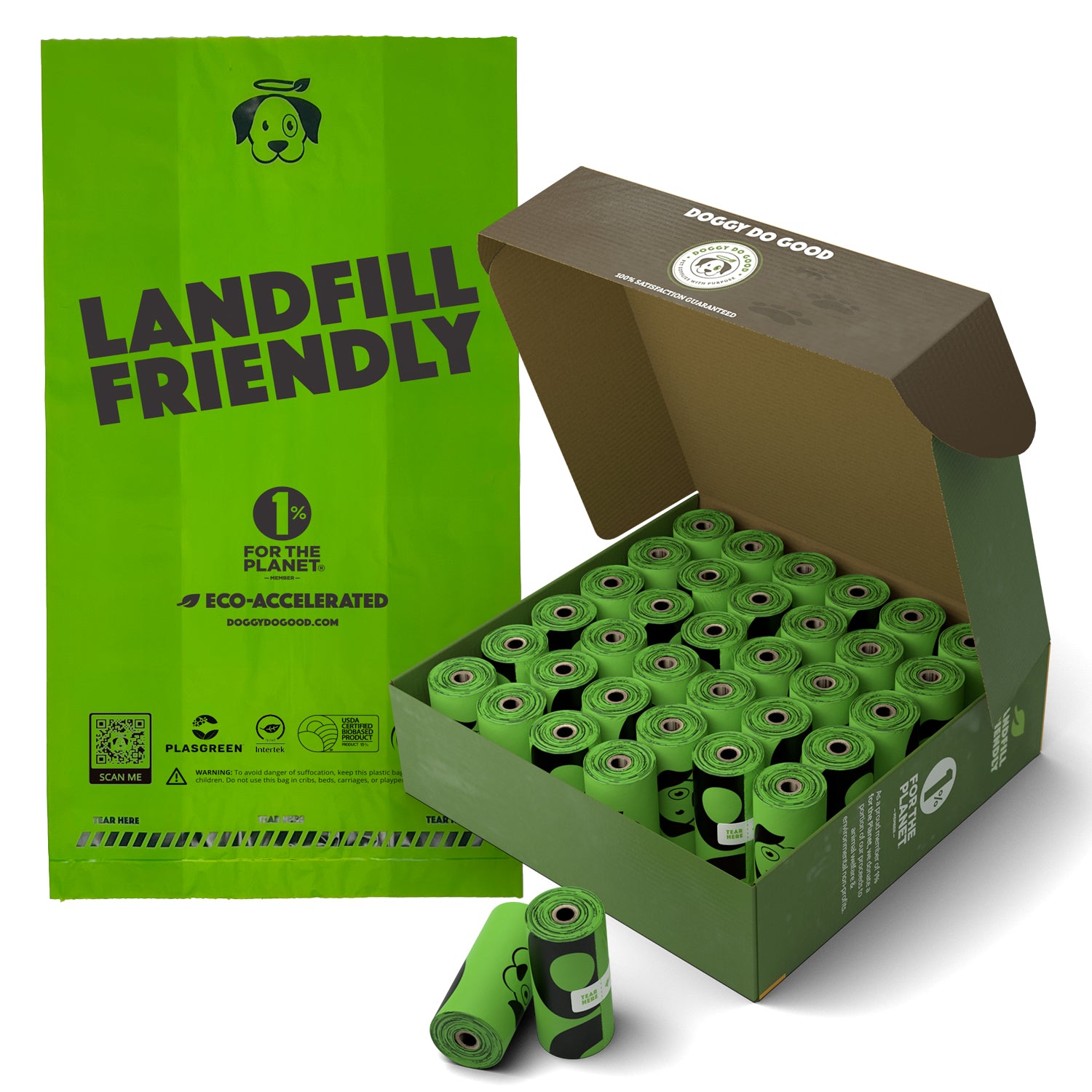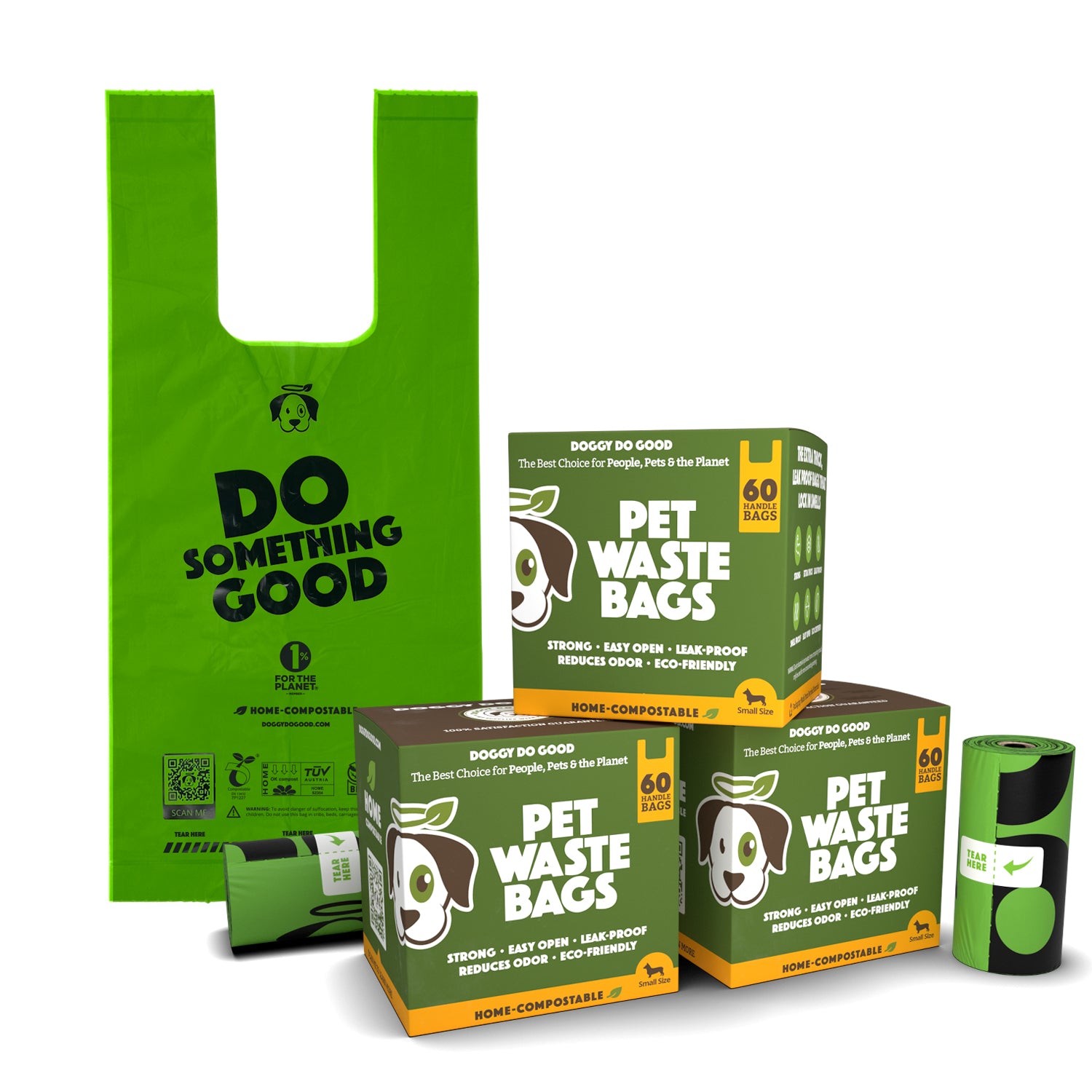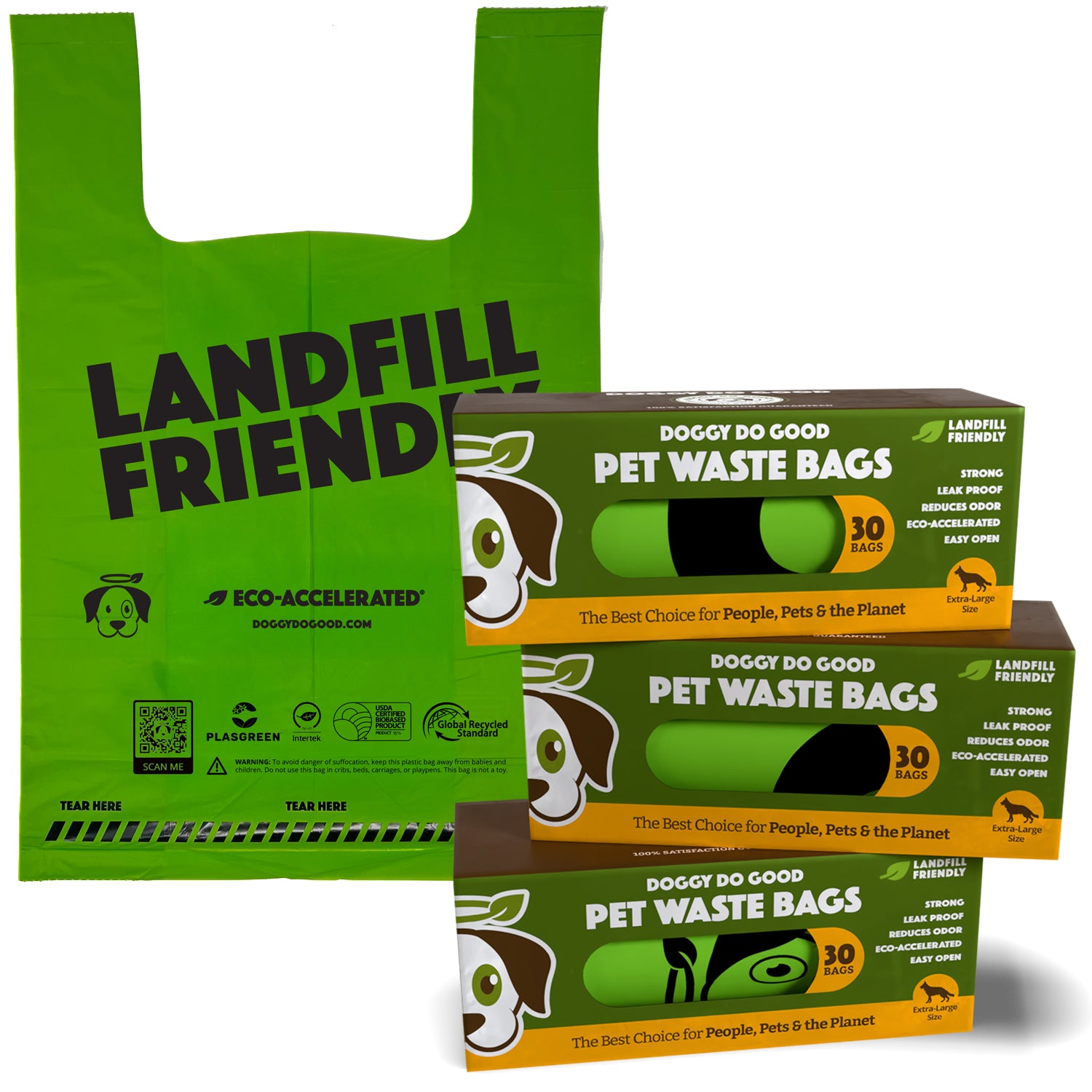As pet owners become more eco-conscious, the demand for sustainable pet waste solutions has increased, leading to the popularity of compostable and landfill-friendly pet waste bags.
Compostable bags are typically made from plant-based materials like cornstarch, allowing them to break down into natural elements when placed in composting environments. This process significantly reduces plastic waste, relies on renewable resources, and leaves no toxic residues or microplastics. However, these bags require specific composting conditions to decompose effectively, which may not be available to everyone. Additionally, they tend to be more costly compared to conventional plastic bags.
Landfill-friendly bags are engineered to accelerate their own natural end-of-life in anaerobic landfill conditions, breaking down in less than five years (compared to 500 years with traditional plastic bags). These bags contain an Eco-Accelerated™, organic additive that attracts microbes, facilitating the consumption of plastic without leaving behind any microplastics.
Notably, landfill-friendly bags are made from 65% post-consumer recycled plastic, aligning with efforts to reuse existing plastic materials. Unlike compostable bags, landfill-friendly bags do not require composting conditions and can break down in regular landfill settings.
Both types of bags aim to reduce the environmental impact of pet waste disposal, though they achieve this through different mechanisms.
Compostable bags are ideal for those who have access to composting facilities or a home compost. Unfortunately, there are very few industrial composting facilities that accept paste waste today.
Conversely, landfill-friendly bags are suitable for environments where waste is destined for landfills, providing a more practical solution in many urban settings.
Choosing between the two types of bags depends on several factors, including the local waste disposal infrastructure, personal environmental preferences, and budget considerations. Ultimately, both options contribute to a healthier planet when properly disposed of by addressing the long-term issue of plastic waste in different but complementary ways.


